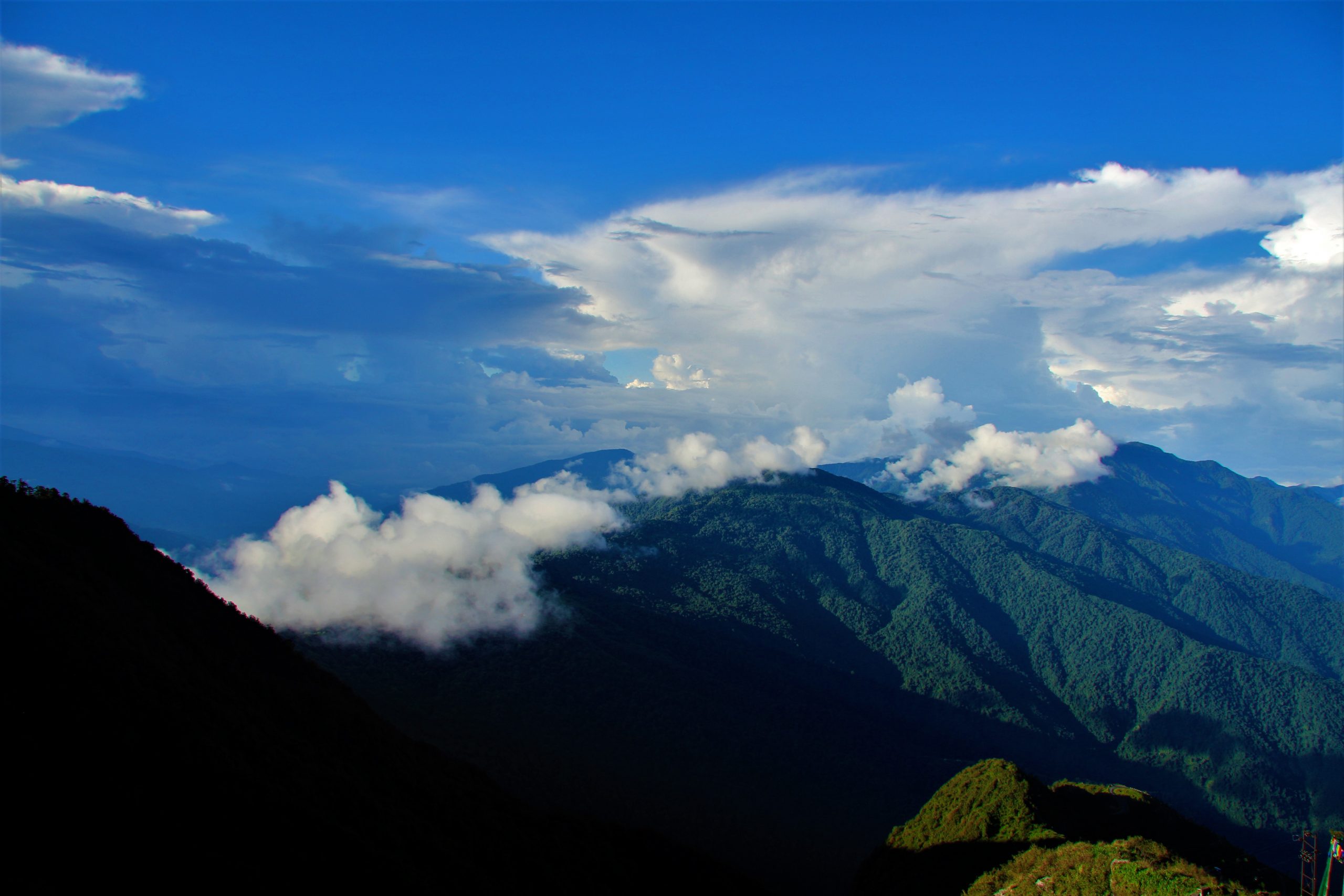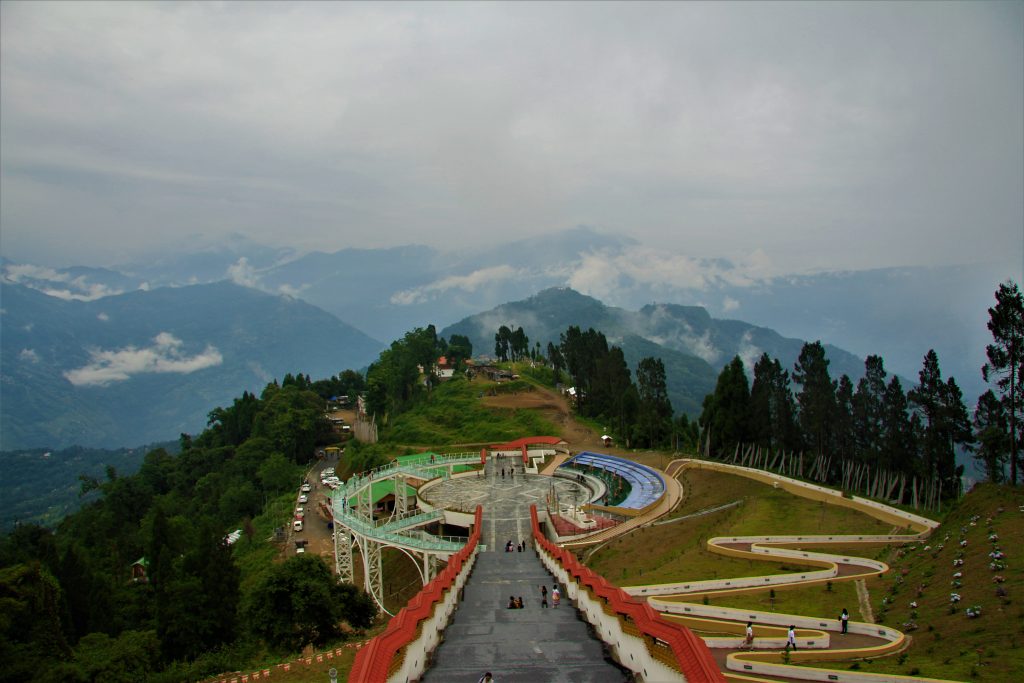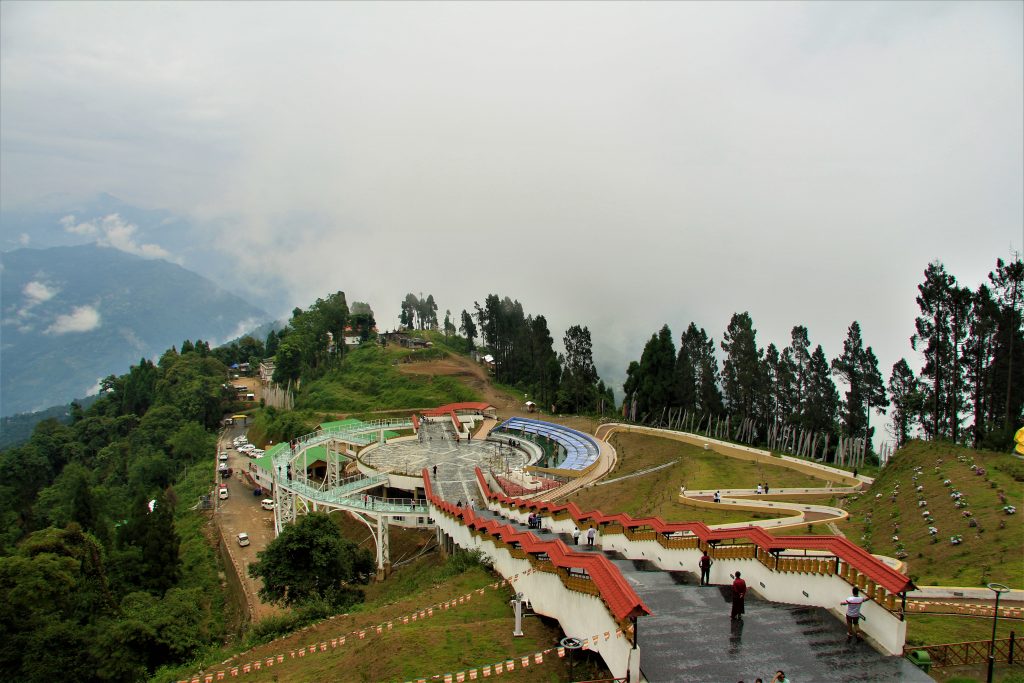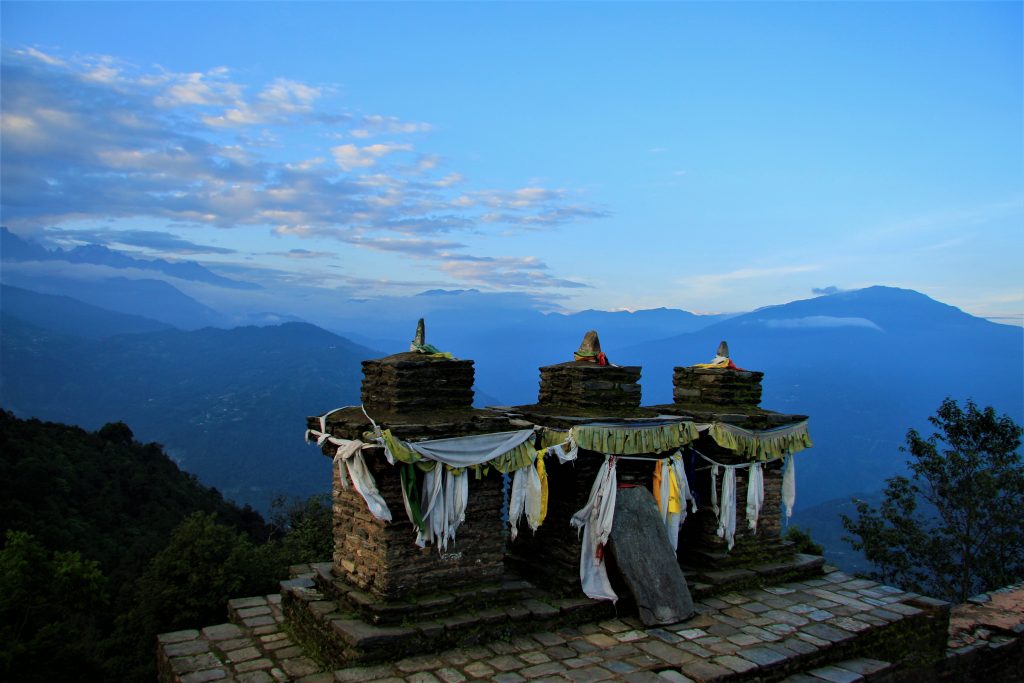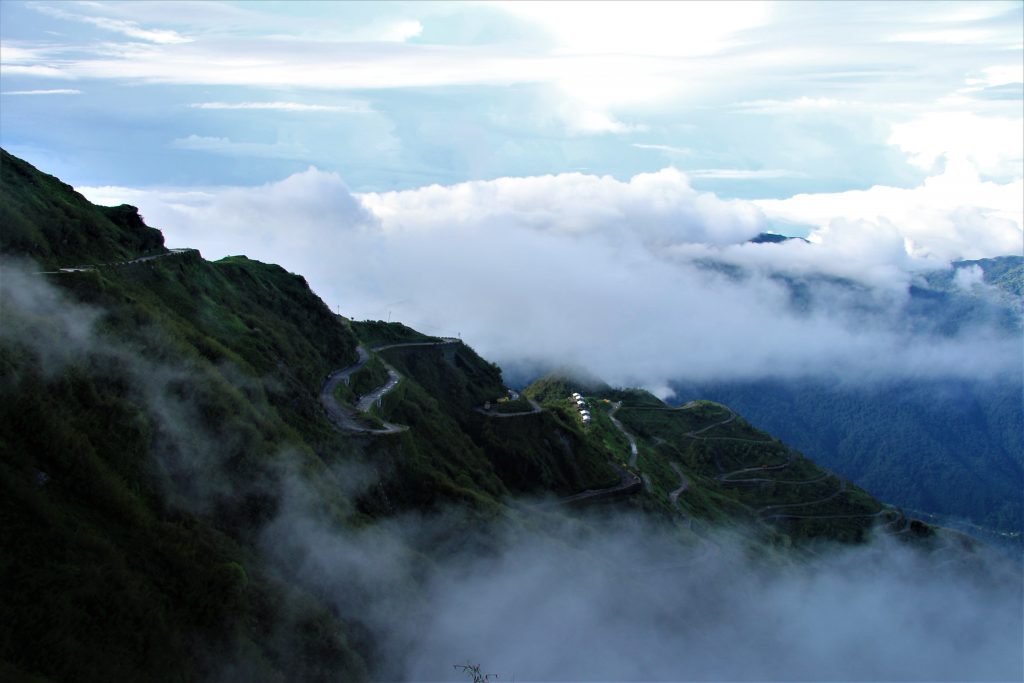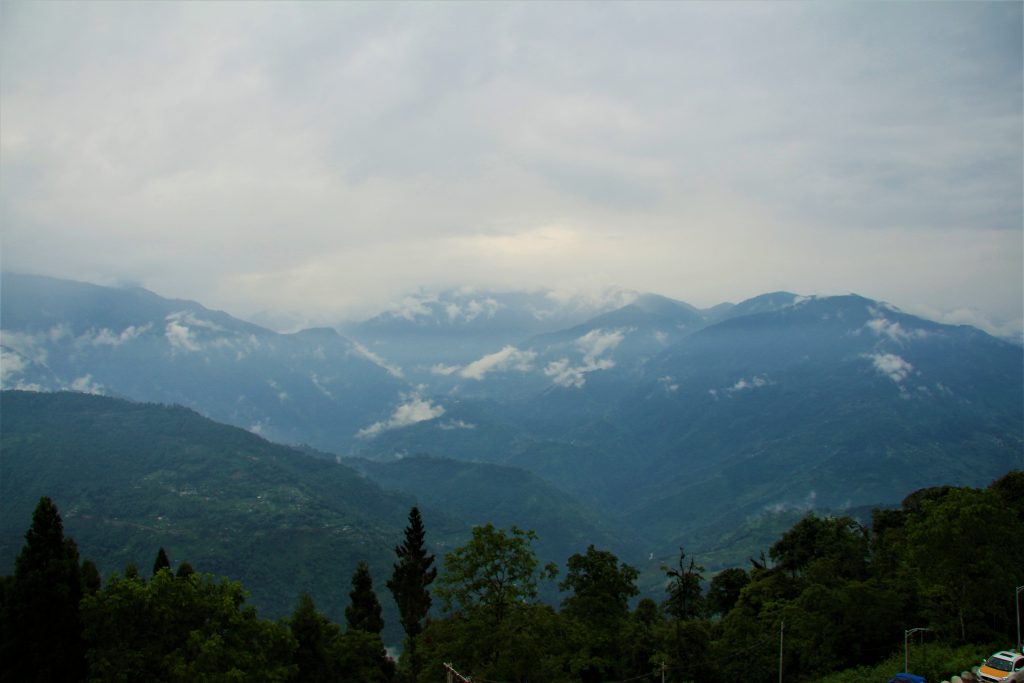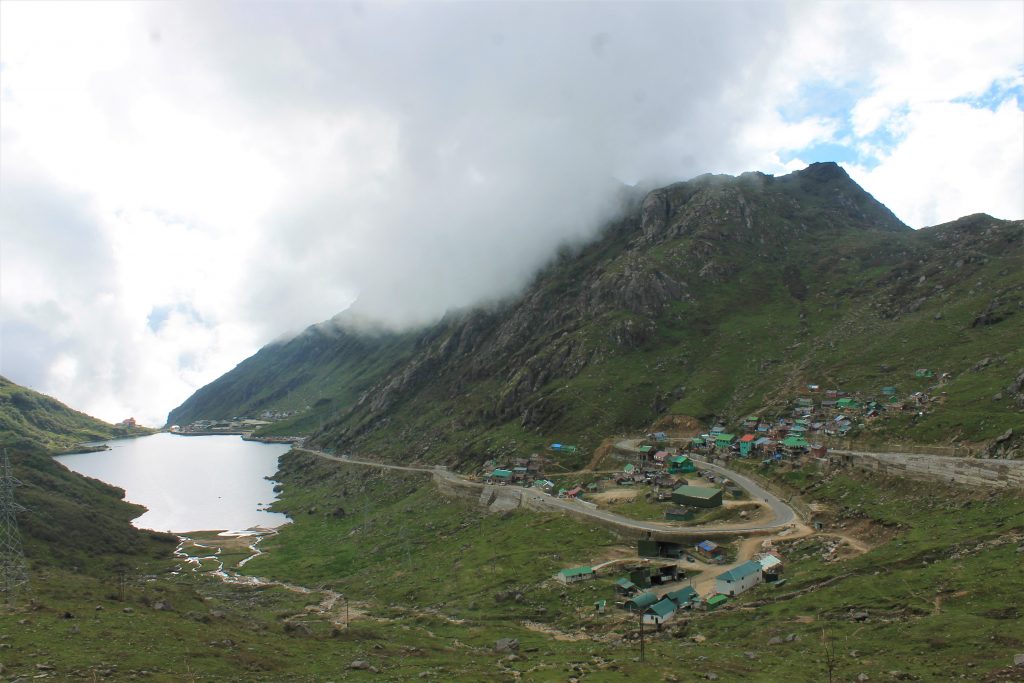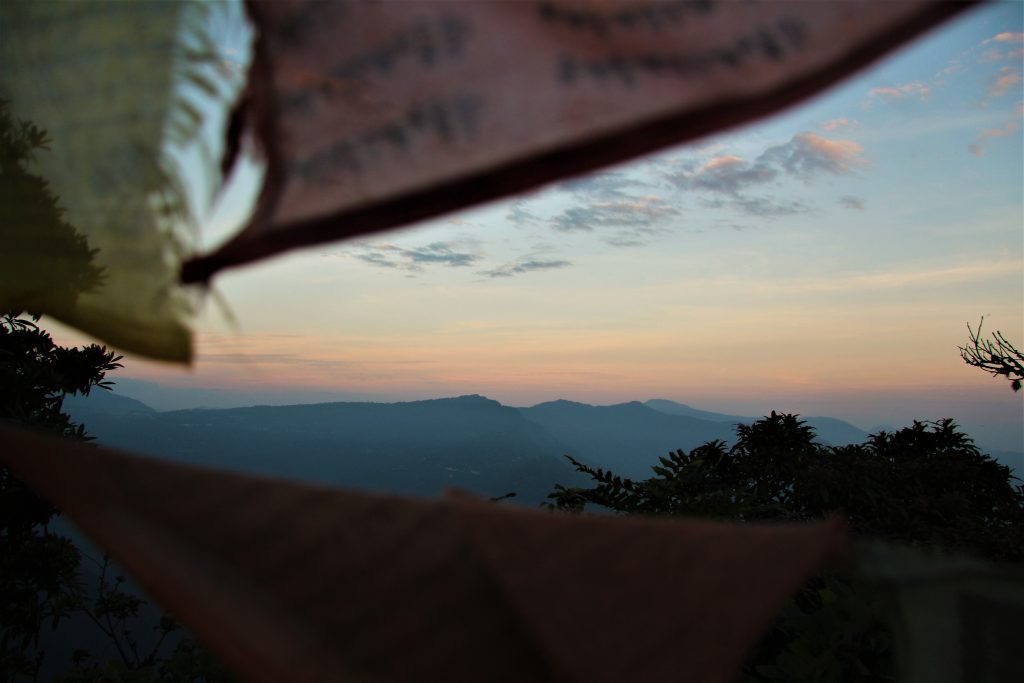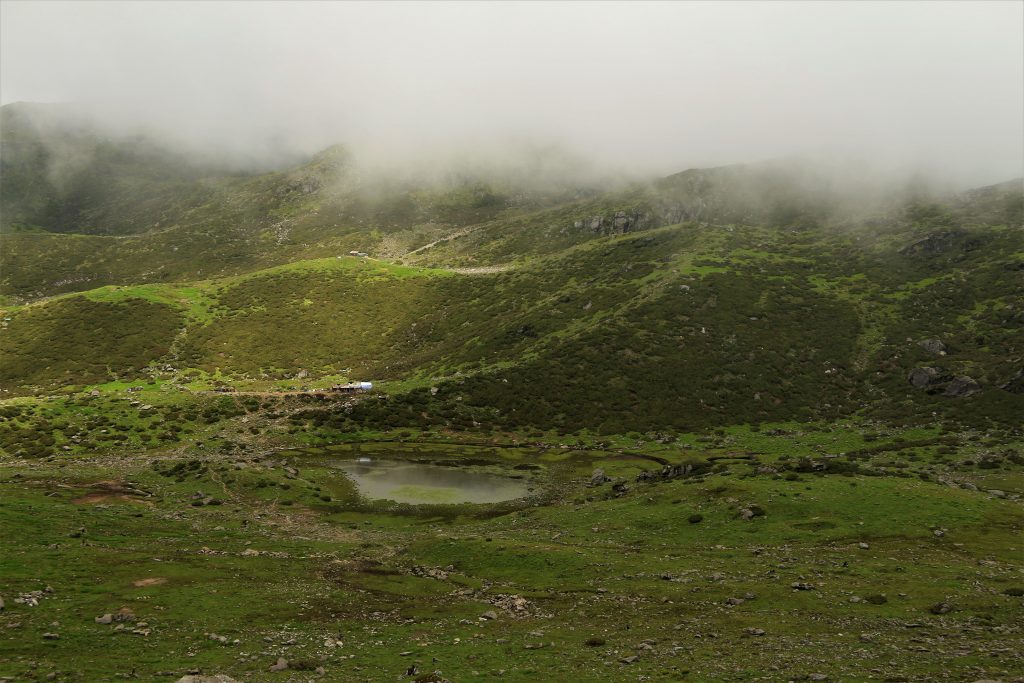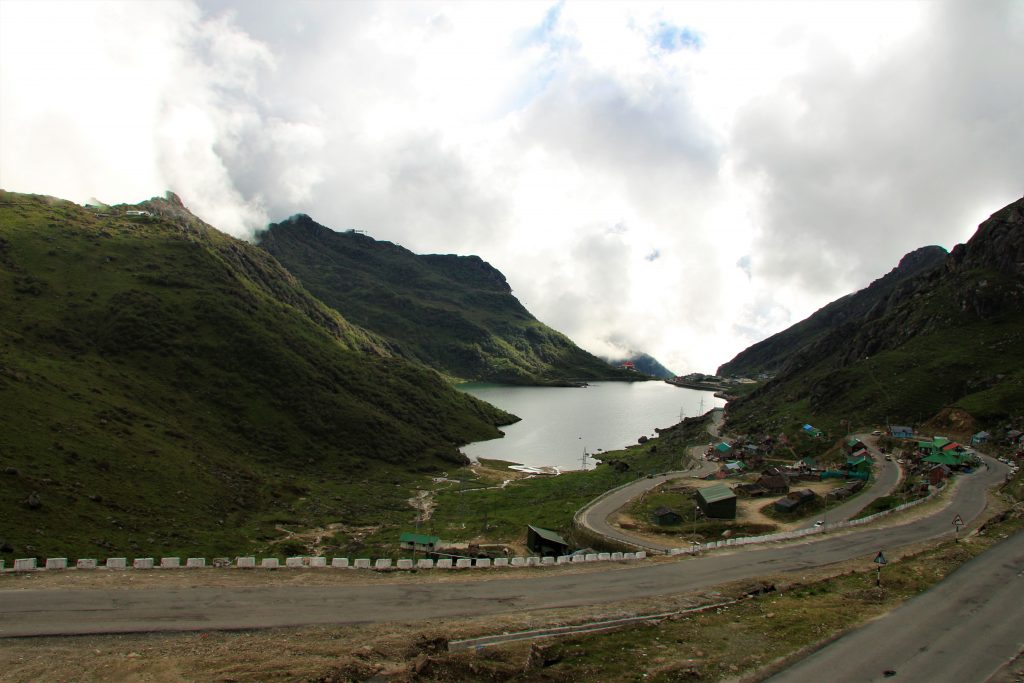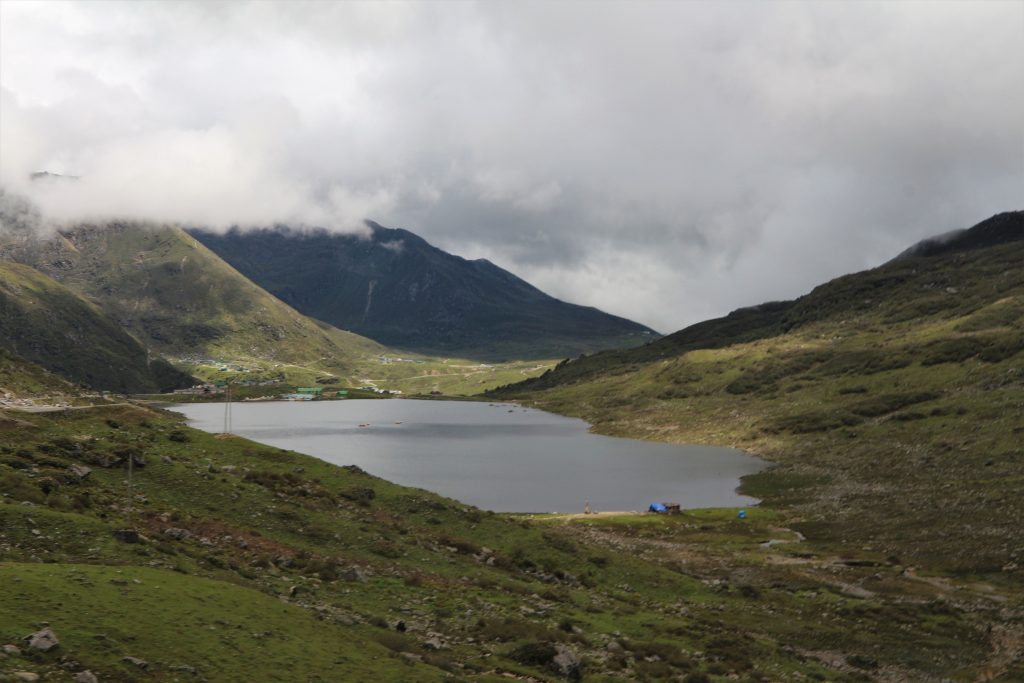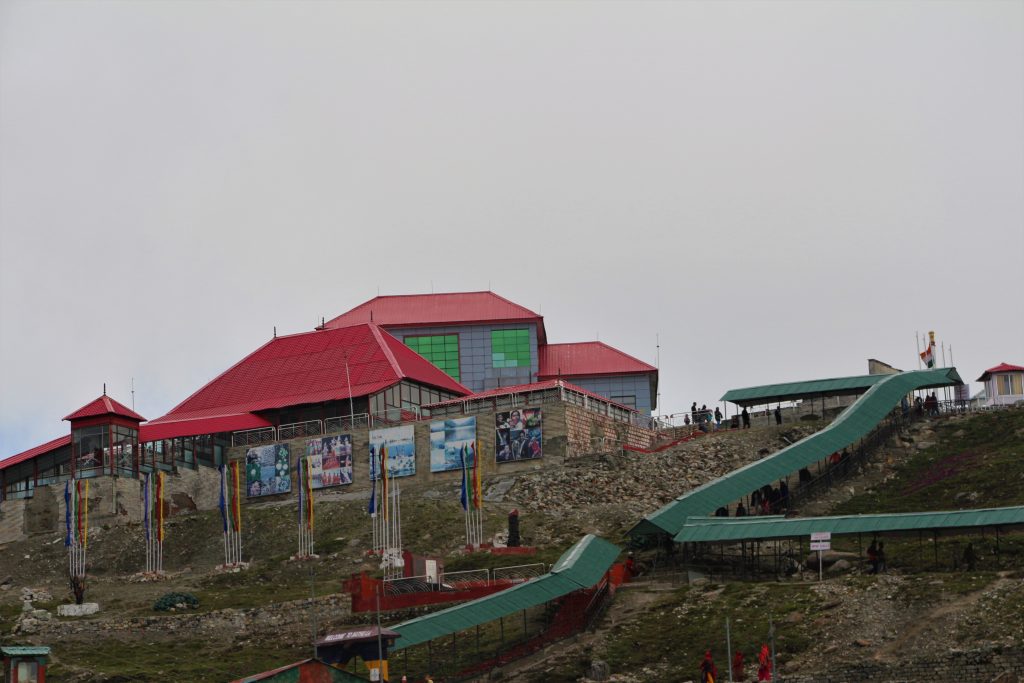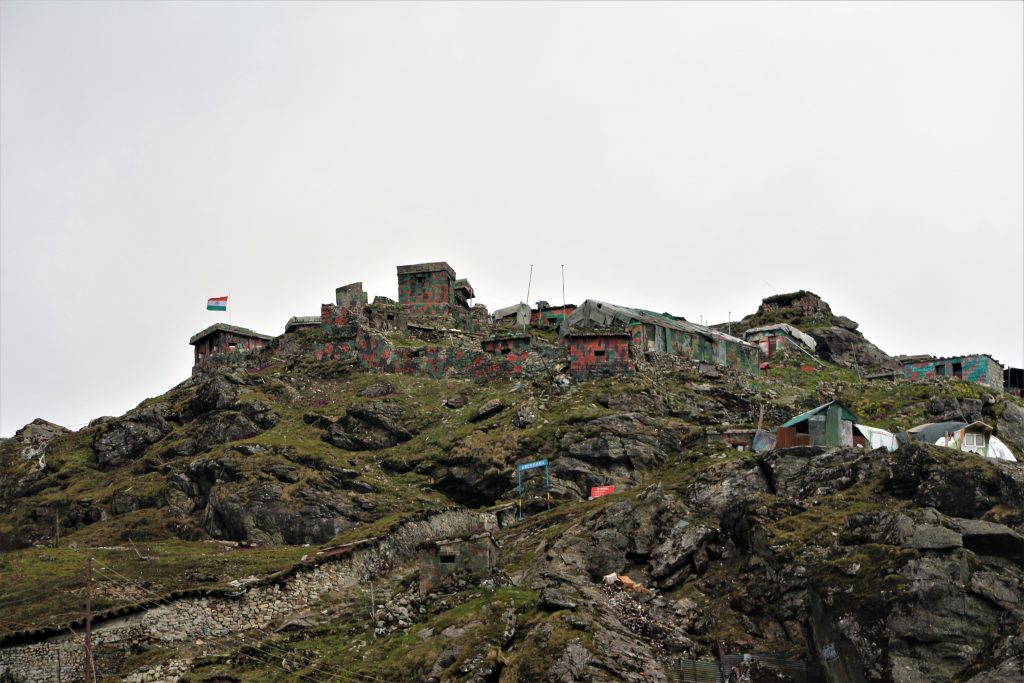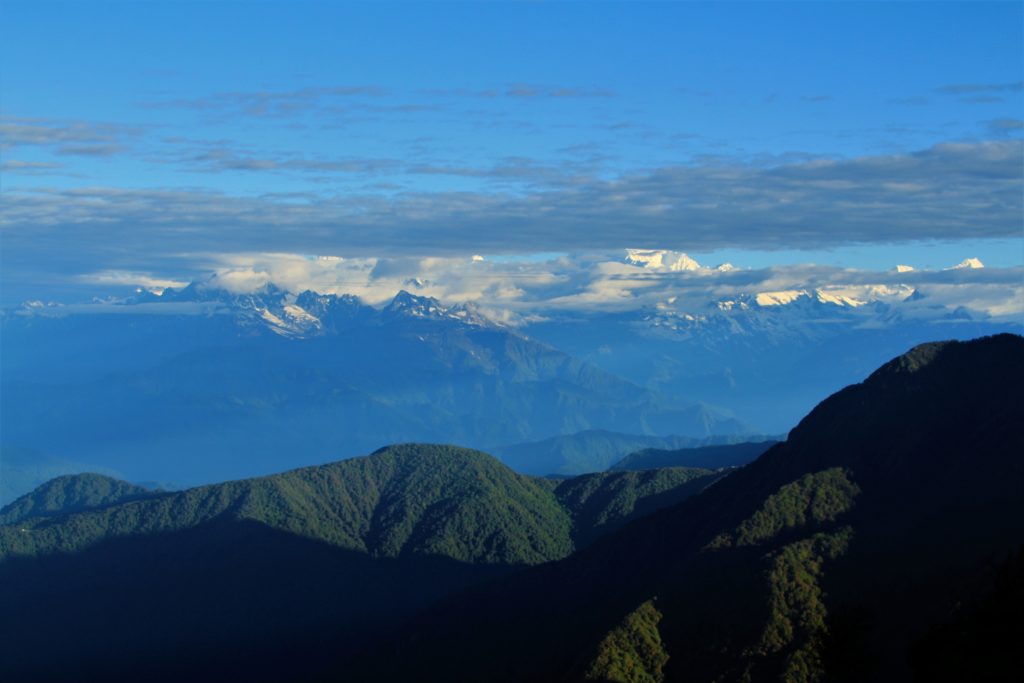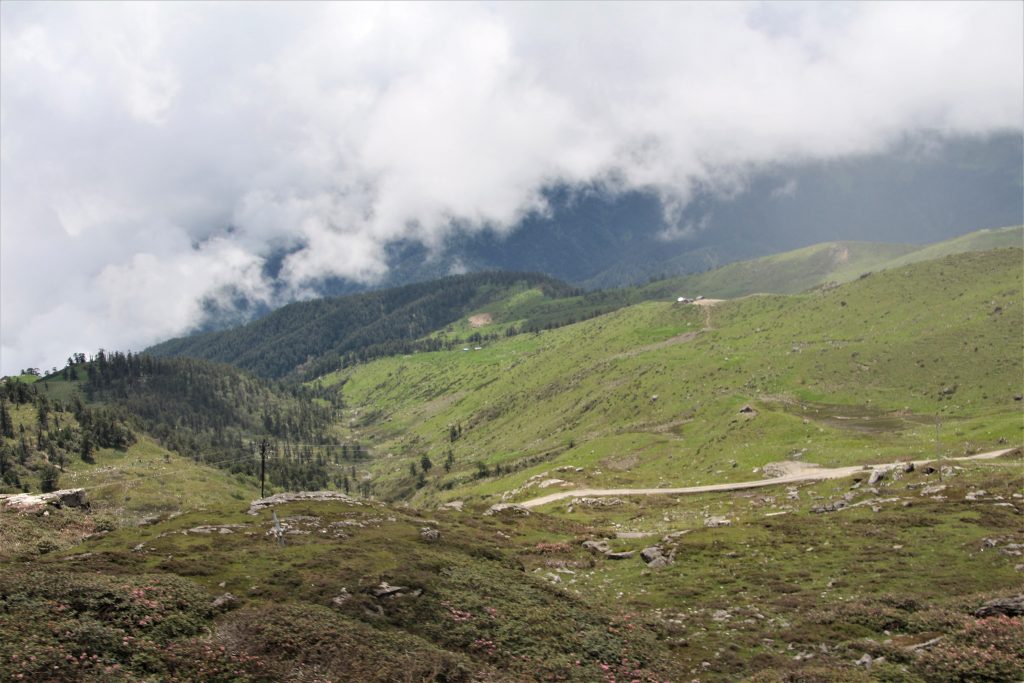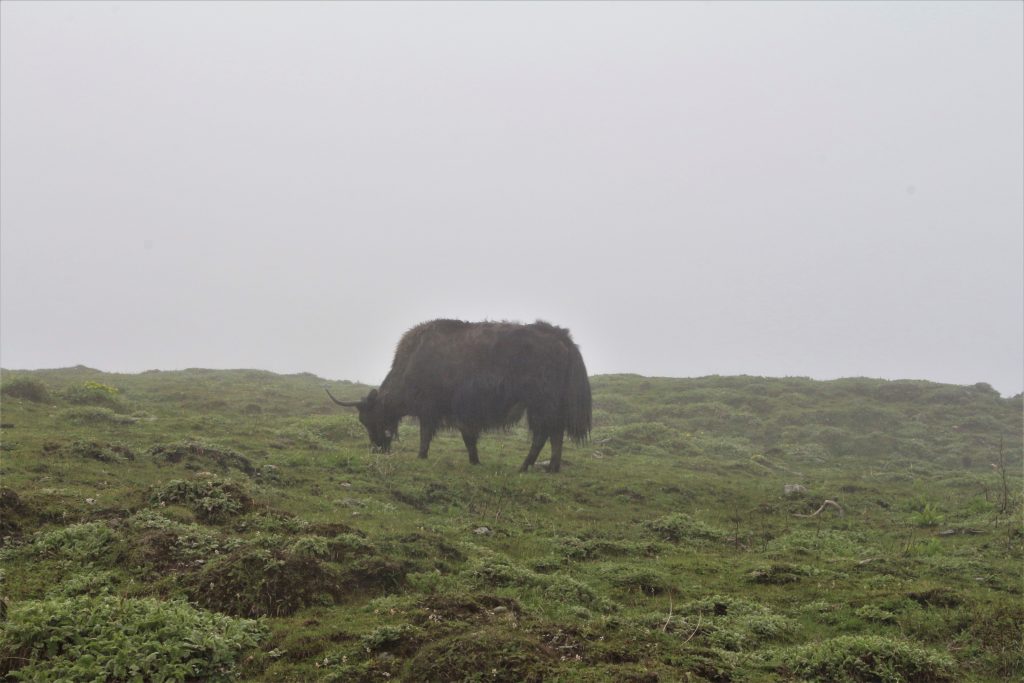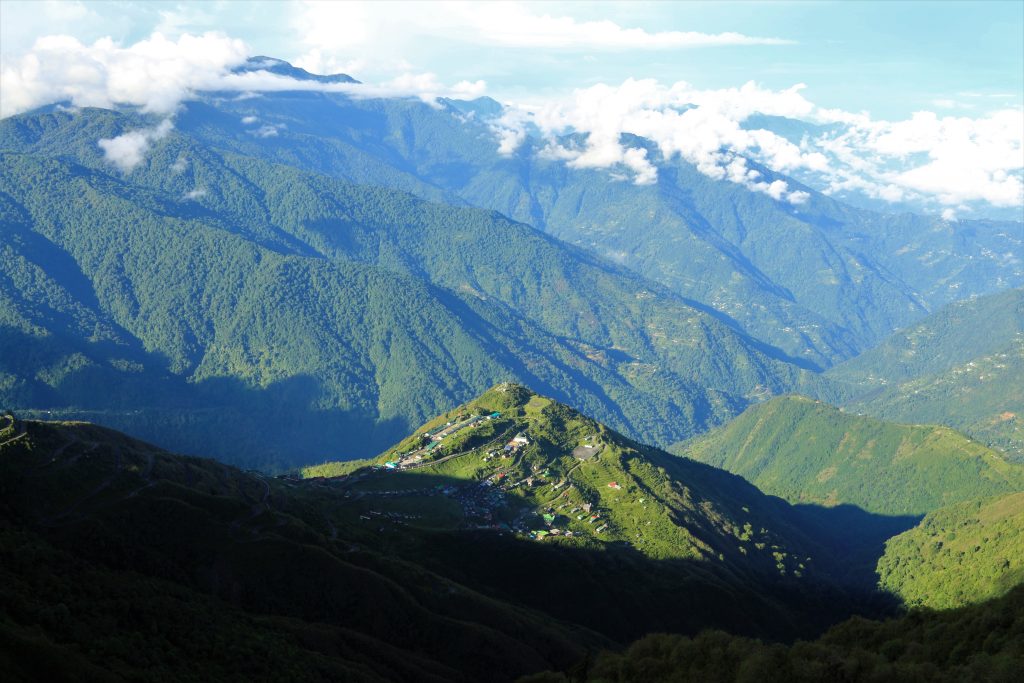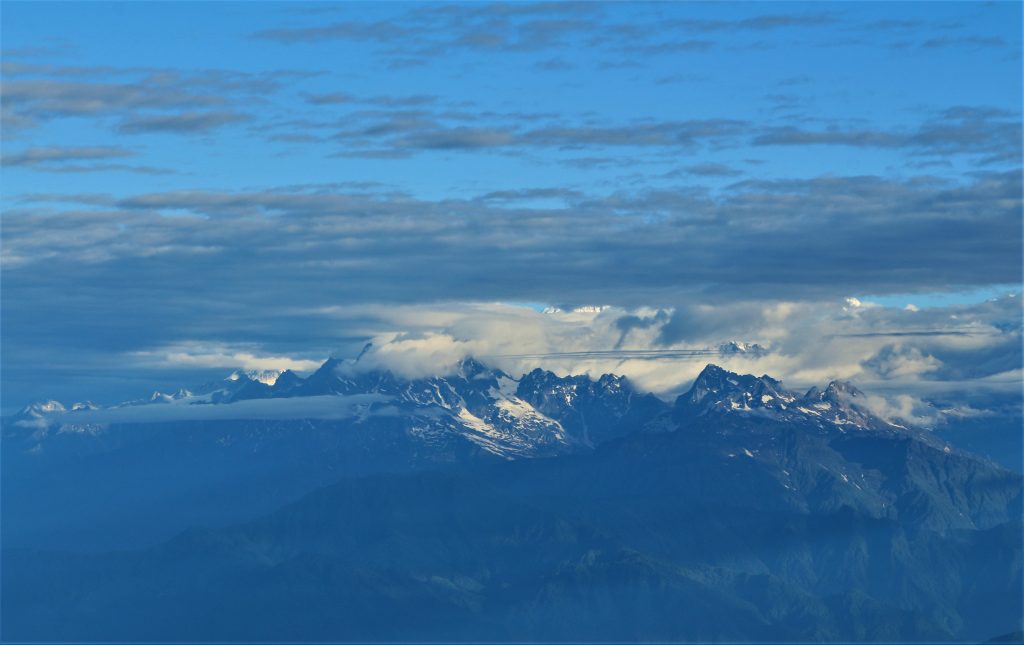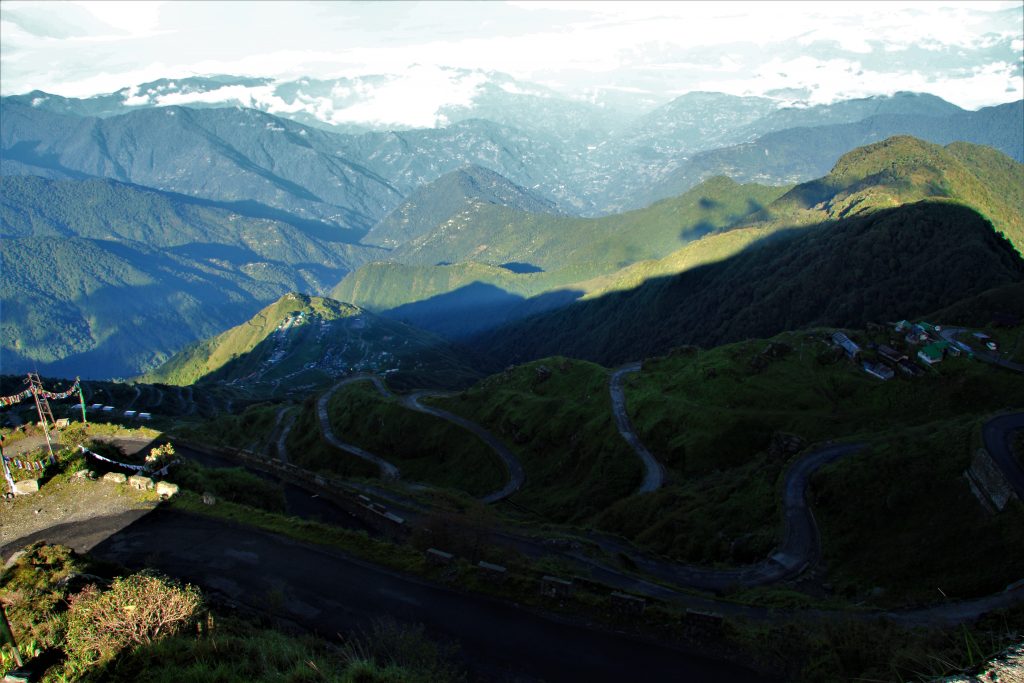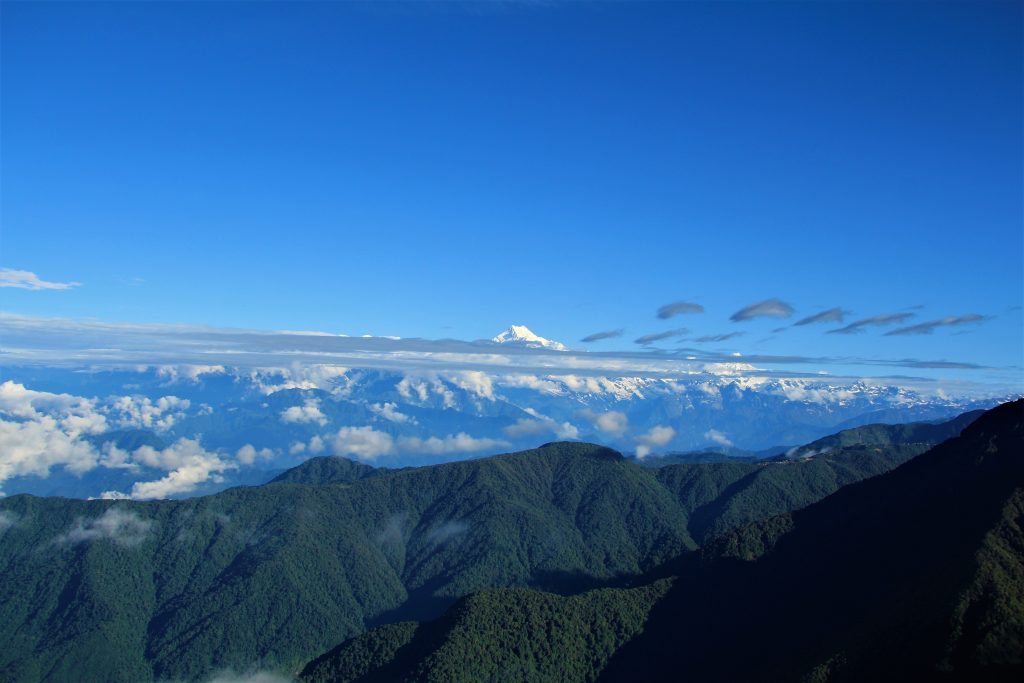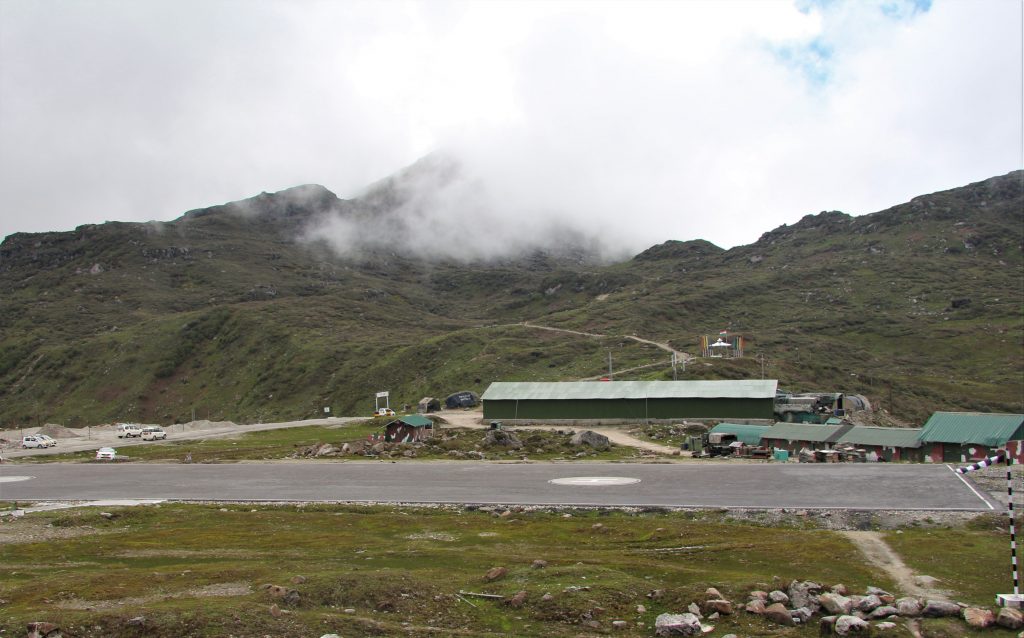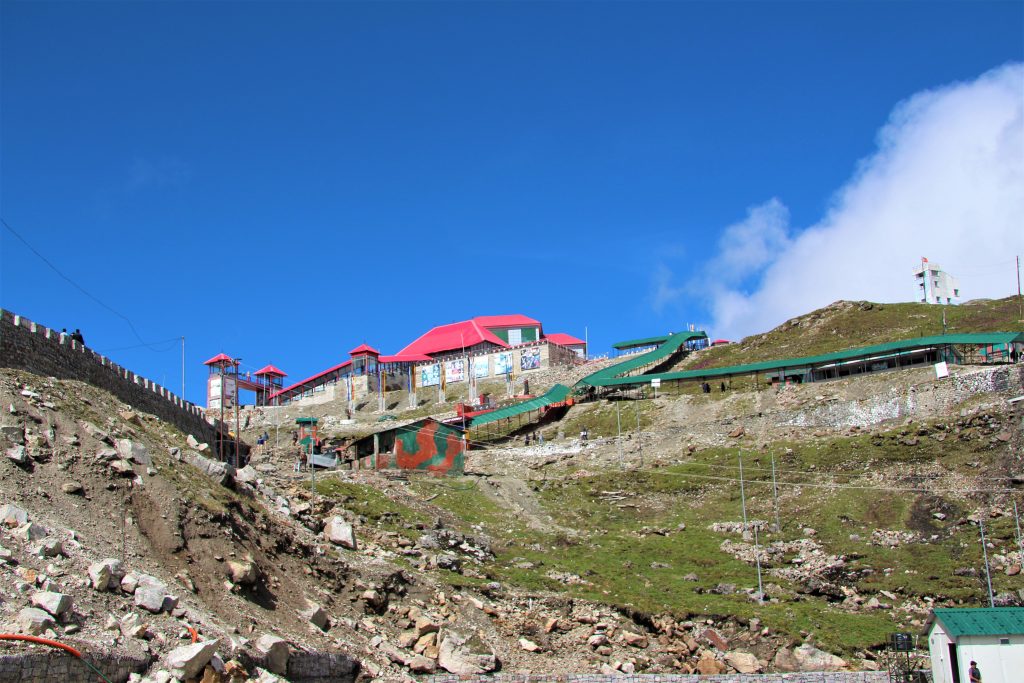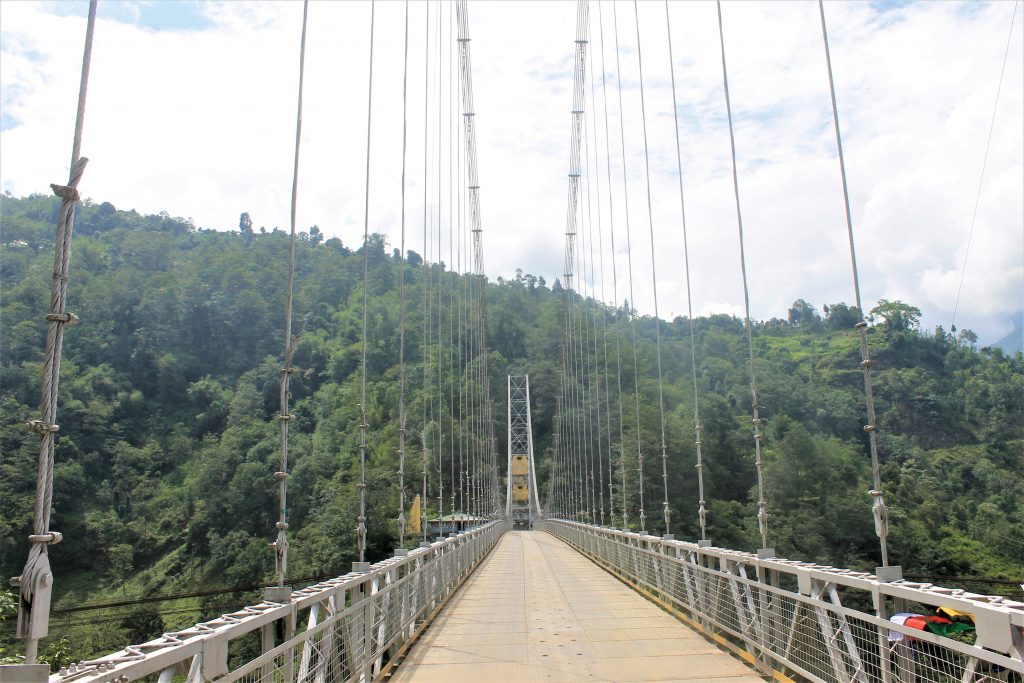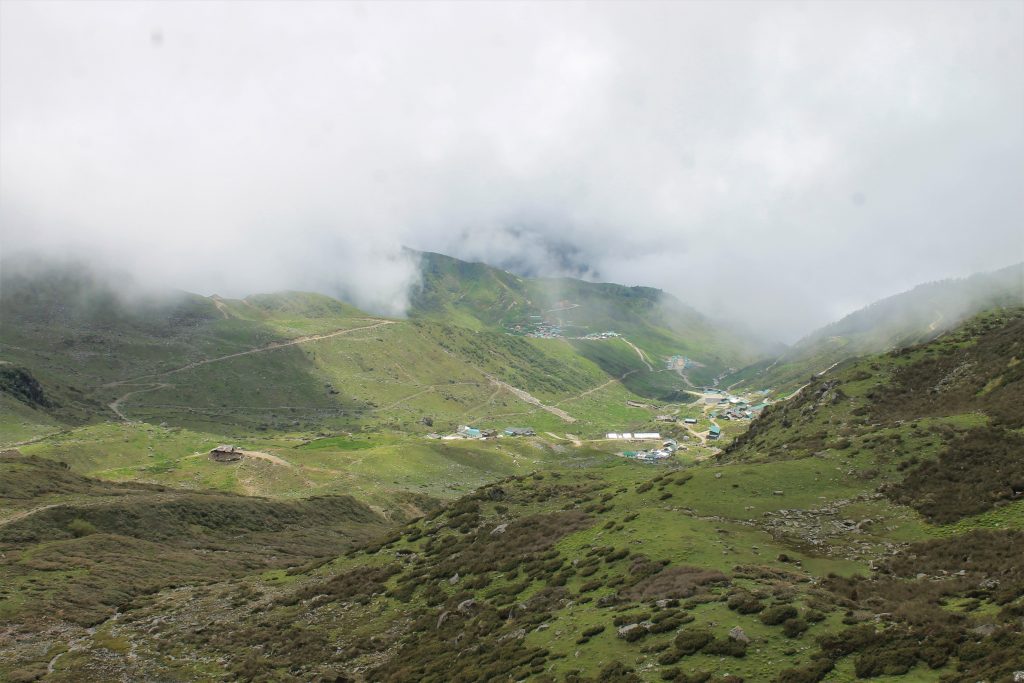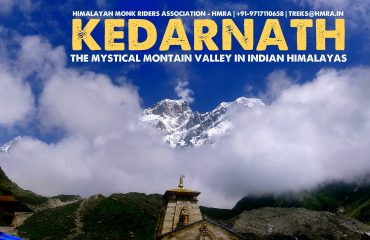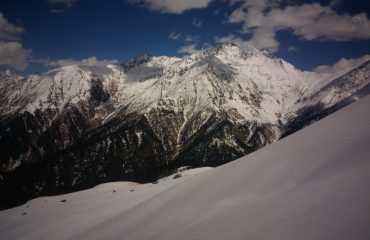Call it a paradise, a home, or a hidden valley of rice, Sikkim stands with pride with its pristine beauty. The name ‘the hidden valley of rice’ was given to Sikkim was Bhutias, a community living there. Other communities like Lepchas, original inhabitants, call it ‘Nye-mae-el’ or heaven. Sikkim holds a special place in the country’s heart for being home to Mt. Khangchendzonga (28,208 ft), the world’s third-highest mountain peak. People regard it sacred, and it is not just a mountain peak for them, but their guarding deity. Covered in snow, gleaming in the sun, blessing the residents, this mountain peak is sure to take your breath away!
Sikkim, second smallest state in India and one of the seven sisters, shares its border with Nepal in the west and Bhutan in the east. The northern border is shared with Tibetan plateau (China). It was one of the most important Silk Route to China, and a Himalayan monarchy with constant ties/marriages in Bhutan. It merged with India as a state in 1975, giving ways to all mountain-lovers a chance to experience something different!
What makes Sikkim unique is a steep rise in altitude. There is the lesser, middle, and greater Himalayas in one state. Within a distance of 7,096 kilometers square, there are different climatic conditions, and scenery. While East Sikkim is more about lush greenery, forests, vegetation, North Sikkim is a bed of white with snowy mountains and an uncountable number of lakes. The state has two main rivers- Teesta and Rangeet, that make for some of the best sights in the state. In fact, Teesta river originates from Cho Lhamu Lake in North Sikkim. Rangeet is born out of Rathong glacier in West Sikkim. Both the rivers meet at Melli before merging with the Brahmaputra.
Sikkim, as a destination, is a wonderful place to visit for several reasons. The most important one is easy connectivity, good all-weather roads, good internet, helicopter services, easy availability of stays, safety, and a beauty to die for! Every visitor gets something or another for themselves in Sikkim.



